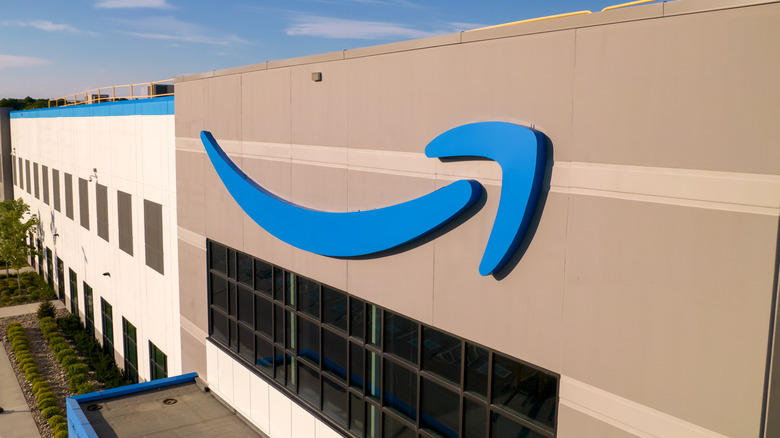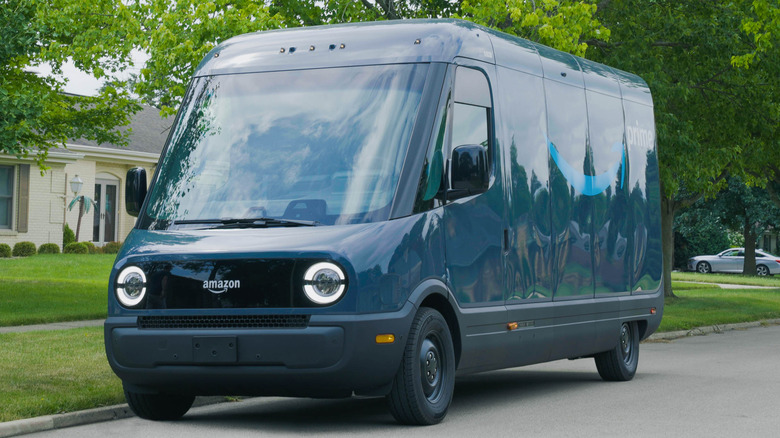Amazon Delivery Times Could Get Faster As EVs, Robotics, And AI Scale Up
Since its creation in 1994, Amazon has been gradually ramping up its delivery systems to deploy packages faster and faster — to the point that overnight and next-day shipping have become some of the most attractive reasons to sign up for Amazon Prime. Even with the shipping process as fast as it is, though, Amazon is always looking for new ways to enhance it further, utilizing new technology like EVs, robotics, and AI to improve both speed and sustainability in its warehouses and vehicles.
In an exclusive report from the Wall Street Journal, Amazon introduced new upgrades to its existing warehouse framework, which now incorporates AI-powered automation to quickly identify, sort, and deploy products to further cut down on shipping and delivery times. These automatons, collectively named "Sequoia," are designed to work in tandem with Amazon's existing warehouse workforce, sending products to workers who then pack and prep them. By Amazon's estimates, this new system can slash the necessary time to fulfill an order by 25%. Additionally, the new system can improve the rate at which inventory is stored in Amazon warehouses by an impressive 75%.
"The faster we can process inventory, the greater the probability that we're going to be able to deliver when we said we could," David Guerin, Amazon's director of robotic storage technology, told the Wall Street Journal.
New EVs on the move
In addition to Amazon's new advancements in the fields of AI and robotics, the company is also working toward a greater overall adoption of EVs in its delivery vehicle fleet. According to an email sent to SlashGear by Amazon, the company has already deployed over 10,000 electric delivery vehicles since 2022, custom-designed in tandem with EV manufacturer Rivian. This impressive EV fleet has delivered over 260 million packages across 1,800 cities around the United States in a little over a year.
However, we're nowhere near the end of Amazon's ambitions with EVs. In its email, Amazon reiterated that it still has at least another 90,000 EVs from Rivian in the pipeline, with the ultimate goal of having a full 100,000-strong fleet on the road and making deliveries by 2030. With this many EVs on the road making so many deliveries, bolstered by the speed increases from the new automation systems in its warehouses, Amazon can severely reduce its overall carbon footprint while further refining its impressive order fulfillment speeds.

